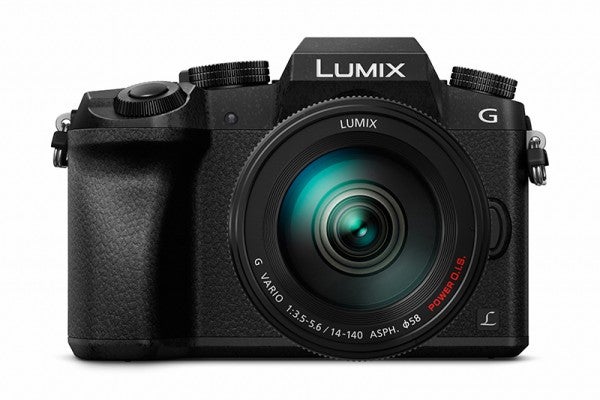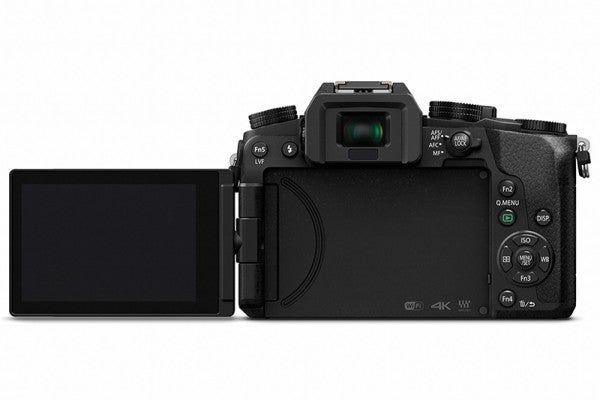The G7 arrives in the wake of the hugely popular Panasonic Lumix G6. Two years have passed, so how has Panasonic improved upon an already impressive camera?
When the Panasonic G6 was launched back in 2013 it was met with universal acclaim thanks to the combination of an enthusiast specification, DSLR-style design and relatively small body. Fairly shortly it was viewed as one of the best enthusiast CSCs on the market and often a first stop for those wanting to upgrade on their compact or entry-level model.
The enthusiast CSC market has changed in recent years with a series of models – including Olympus’s E-M10 and Sony’s A6000 – providing some stiff competition for the newly-announced Panasonic Lumix G7.
So, is the G6’s successor up to the task and ready to take on the newcomers? We went hands-on with one of the first G7 review samples to find out…
Panasonic Lumix G7 – First Look
Perhaps the headline of the G7’s specification is its video capture capabilities. Much like its stablemate – the Lumix GH4 – the G7 is capable of recording Ultra-HD 4K video in the QFHD format and at 3840 x 2160 (50hz) and 24p in MP4.
As is the case in other 4K-capable cameras, the G7’s Ultra-HD video functionality brings with it benefits for stills capture. It allows for 8MP still images to be extracted directly from a movie clip, with modes such as ‘4K burst shooting’ and ‘4K pre-burst’ making this process more simple.
Another key improvement for the G7 is found on the rear of the camera. The model borrows the same viewfinder as found on the GH4 – an OLED unit with a resolution jumping from 1,440k-dots to 2,360k-dots. This almost-doubling in resolution, combined with an improved eye-cup, results in an excellent viewing improvement.
The imaging power is provided by a 16.1MP Live MOS sensor and Panasonic’s Venus Engine image processor, a combination which allows for a continuous shooting speed of up to 8fps
As is almost always the case with Panasonic Lumix cameras, the G7 is capable of some excellent focusing speeds. A combination of ‘Depth From Focus’ technology and contrast detect methods allow for a headline speed of just 0.07sec.
In terms of design, the major change on the G7 is regarding the camera’s controls. While the G6 features a single command dial, the G7 boasts a pair of command dials – one for aperture control and one for shutter control.
The top plate also features a pair of dials – one for shooting modes and one for drive modes – while a host of other control buttons are also present offering direct access to the camera’s functionality.
The Panasonic Lumix G7 is available for pre-order now, with stock expected to arrive from mid-June. The G7 will be available body only or in single and twin lens bundles, priced £599, £679 and £849 respectively.







